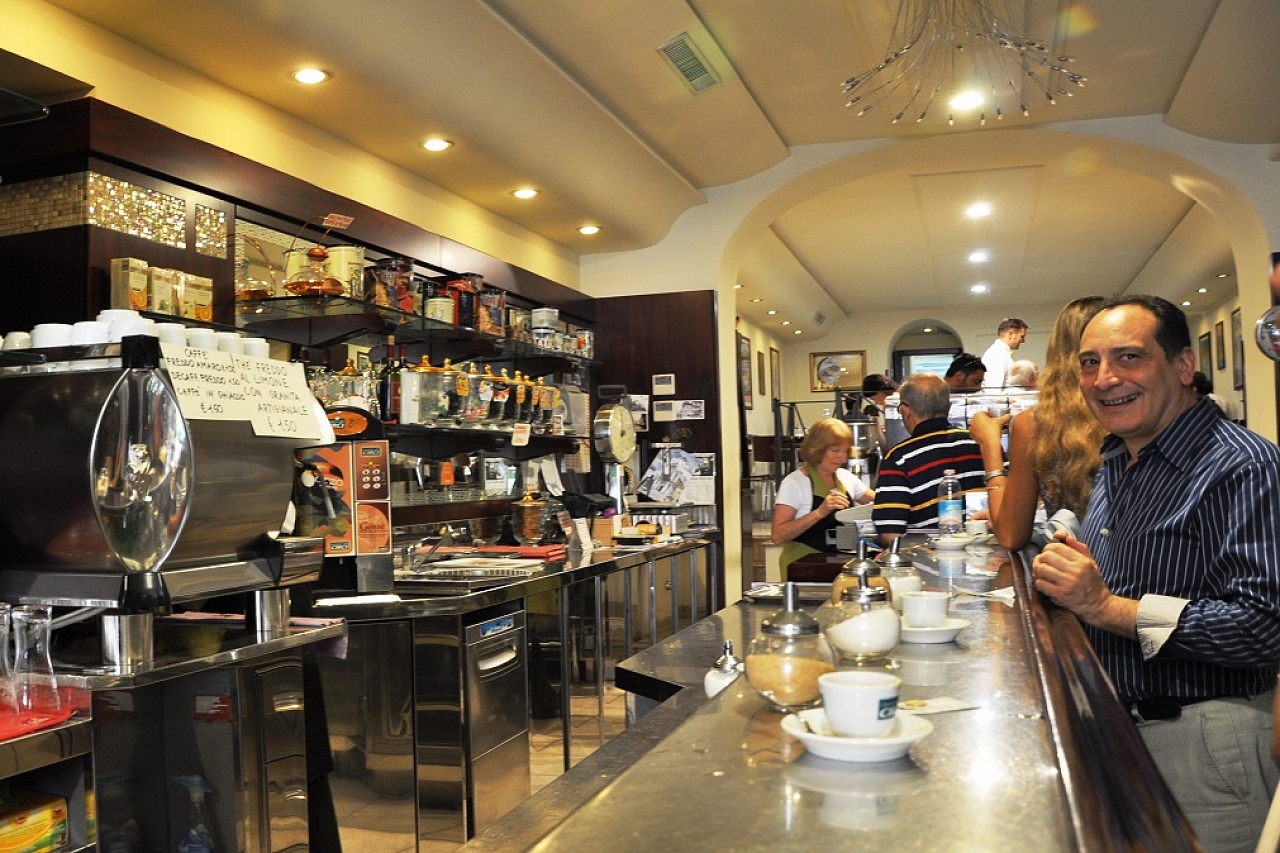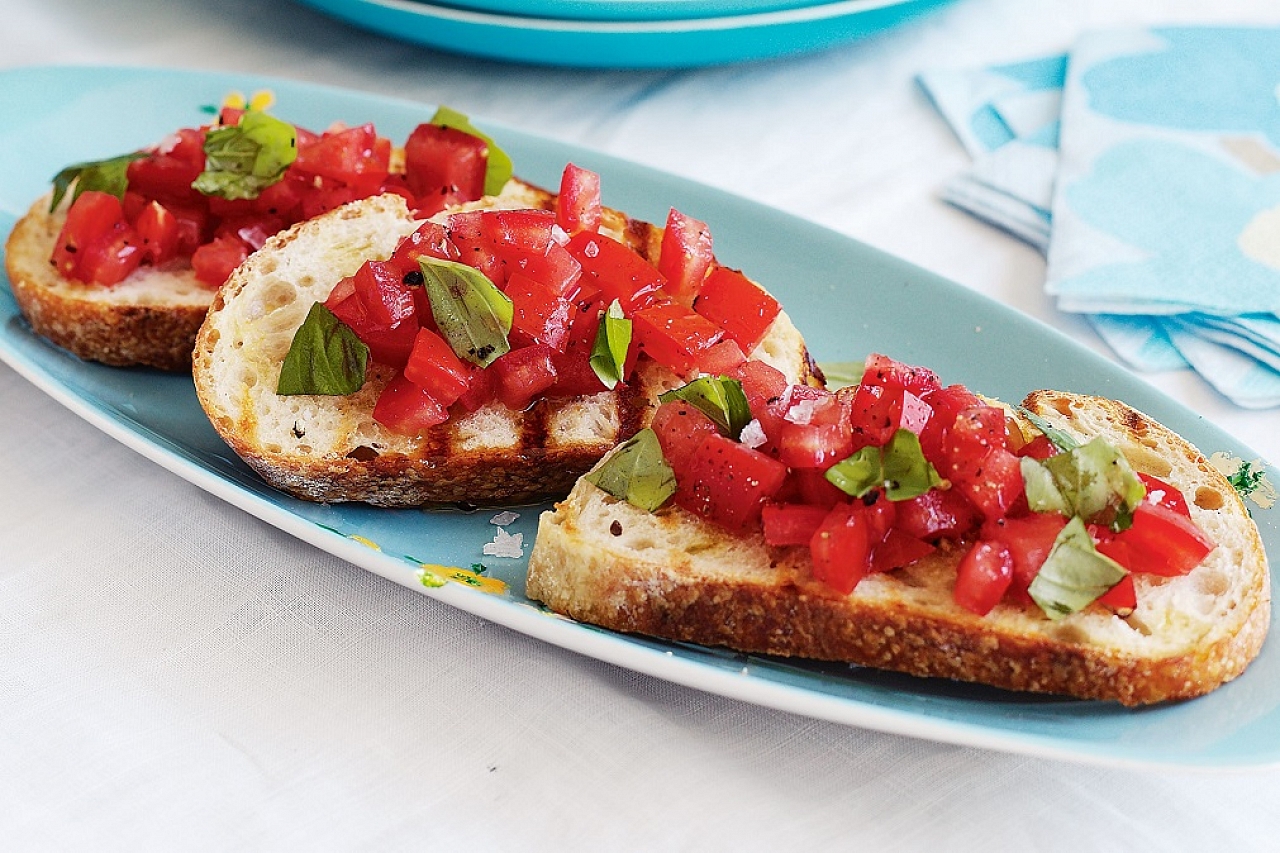Whether you dine in Michelin-starred restaurants or rustic canteens, expect to be constantly surprised by the range and variety of fresh ingredients. Every city, town and village has its own local delicacies, making every snack stop a gastronomic journey and every mealtime a feast.
Here are some tips for how to eat without getting ripped off:
1. The farther away from a tourist site you eat, the less likely you are to be ripped off
This view of Rome’s Piazza Navona is lovely — but eating at a restaurant while appreciating it will cost your wallet. And possibly your dignity.
As in any country, it’s a sad truth that in some less-than-honest Italian establishments, tourists can be seen as easy prey. Restaurants and cafes right near the big tourist sites are the most likely candidates. It’s not always the case of course, but well-located eateries that don’t cater to a local (and therefore repeat) market are more likely to charge inflated prices.
For the record, yes, high-risk establishments include those on popular piazzas, like Rome’s Piazza Navona or Venice’s St. Mark’s Square. A rule of thumb: In general, whenever you see as many non-Italians as Italians, be on your guard.
Another tip-off that you’re in a touristy establishment: There’s a “host” outside the door asking you to come in (any Italian restaurant catering to locals, won’t have this, since they’ll rely on word-of-mouth), there’s a menu with pictures, or there’s a big sign that says “Tourist Menu” or even “No service!” or “No cover charge!”. (More on that later).

2. Don’t sit down in an Italian cafe
Unless your feet are just killing you, avoid sitting down in the kind of place that Italians call a “bar” and we call a “cafe.” Why? Because as soon as you sit down, the price of whatever you’re eating doubles, triples… or worse. That’s why you see Italians usually taking their coffee and cornetti standing up. The price of coffee in Rome is capped at a set maximum price, so regardless of your location, a standing coffee will never set you back too much.
Below is the list of “Banco” versus “Tavolo” prices to look for. As you can see, they’re fairly different!
If you do decide to sit down, before you order anything or make yourself comfortable at the table, always walk in and look at the prices usually listed above the counter. In most cases there is one column for “banco” and one for “tavolo.” “Banco” is the price if you stand at the bar; “tavolo” is if you’re sitting. If it’s still worth it to you, then by all means, sit — but keep in mind roughly what those prices were and be sure to double-check the receipt to make sure they match up.


3. Avoid giving the waiter the power over what, or how much, to bring
Sometimes, waiters will ask if you would like an antipasto for the table. Most of the time, this is fine. Occasionally, though, the antipasto winds up costing an arm and a leg — and you don’t realize it until you get the bill. In a lot of cases this will just be an assumption on the part of your server that as a traveler, you’d like the best but (as is the case anywhere) it’s wise to know what you’re ordering before you order it.
Be specific when you order an antipasto, or that bruschetta and other food might just keep coming and coming… at a cost
So instead of telling the waiter to just bring you something, order specifically from the menu, with the quantity you’d like, and be clear. “Vorrei un’antipasto per due,” you could say (an antipasto for two), even if there are four of you. That’s fine.
Italy is blessed with some of the tastiest fish in the world, but since fish is usually charged by weight at restaurants, this can get a little confusing. You say you want the fish of the day that’s around a certain weight, the waiter brings out a lovely, fresh-caught one to show you that’s around that weight but estimations can be off and it can cost more than you had thought so if you’re price conscious, be sure to double-check the exact weight (and whether the listed price is total or by weight) before you order.

4. Getting the bill at a restaurant
When your waiter brings you a bill (remember, you have to ask for it!), make sure that it’s itemized. (Again, ask for “il conto dettagliato” or ““il conto lungo“). Sometimes, restaurants will just write a total number down, or even just say it. In that case, ask for the itemized bill. It’s the only way to know if you’re being charged what you should be.
What’s that “pane e coperto” charge on my bill?
Even if you don’t touch that bread, you might still be charged “pane e coperto”
When an Italian restaurant charges you for bread, it’s generally not per basket. Instead, the price is usually per head. It’s typically about 1.50 euros per head, perhaps 2 or 2.50 in pricier, more-touristy places like Venice or Sorrento. That said, some regions have apparently passed laws, including Rome’s Lazio region, saying that this “pane e coperto” charge is against the law. That doesn’t mean that most restaurants are paying attention. And yes, most Italians are paying for pane e coperto as well — not just tourists. So in general, we let it go and pay.
But there’s a caveat. This charge should be written on the menu. Maybe it’s in small letters, maybe it’s on the back page, but it should be there. If it’s not? We make a fuss. And the charge gets taken off.

What about a charge for “servizio”?
If an item has been added, probably 10 but up to 20 percent, called “servizio,” that’s “service.” You see this often in Venice, the Cinque Terre, and Amalfi coast, and at more-touristy establishments in Florence and Rome. Something to know about servizio: Although it seems to be legal, it should be written on the menu, as should pane e coperto. Check the small print at the bottom of pages or on the front or back of the menu.
If the servizio hasn’t been written anywhere, ask for it to be taken off if you see it on your bill. If everything about the servizio seems to be as straightforward as possible — you knew, from the menu, it’d be 10% extra, and sure enough, it was — then pay it but remember that this counts as the tip so you don’t need to leave an additional gratuity.
Note: Some restaurants try to attract tourists by saying, “No service charge!”. That’s fine but it means the place is pretty touristy. (A place that catered to Italians probably wouldn’t have servizio, and wouldn’t make a big deal about not having it, especially not in English). And so, in general, since you have the least chance of being taken advantage of at non-touristy places, a sign proclaiming no servizio isn’t necessarily a good thing, either.
To tip or not to tip?
If servizio has been added to your bill, then leave nothing on top. Rest assured knowing that, since most Italians won’t even have this servizio on their bill and won’t tip, you’re still tipping quite a lot in comparison.
So if all that’s been added to your bill is pane e coperto, or nothing at all, and your service has been good, then maybe leave something. But not 20 percent. Not 15 percent. Not necessarily even 10 percent. A few coins, or rounding up, is sufficient.
While that makes you grimace, remember: Italy is a different culture. And it’s a different tipping culture, too. Adjusting to it is not only part of the experience, but shows respect for the locals.
